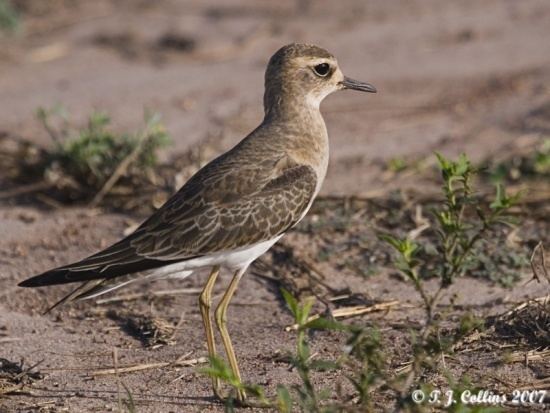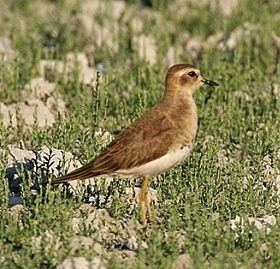Genus Charadrius Higher classification Charadrius | Phylum Chordata Scientific name Charadrius veredus Rank Species | |
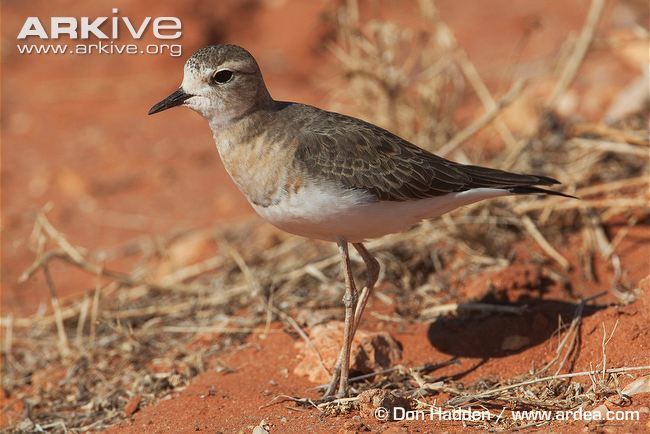 | ||
Similar Bird, Charadrius, Lesser sand plover, Long‑billed plover, Greater sand plover | ||
Oriental plover in the gobi
The oriental plover (Charadrius veredus) also known as the oriental dotterel, is a medium-sized Charadriine plover closely related to the Caspian plover. It breeds in parts of Mongolia and China, migrating southwards each year to spend its non-breeding season in Indonesia, New Guinea and northern Australia.
Contents
- Oriental plover in the gobi
- Oriental plover
- Description
- Distribution and habitat
- Food
- Breeding
- Conservation
- References
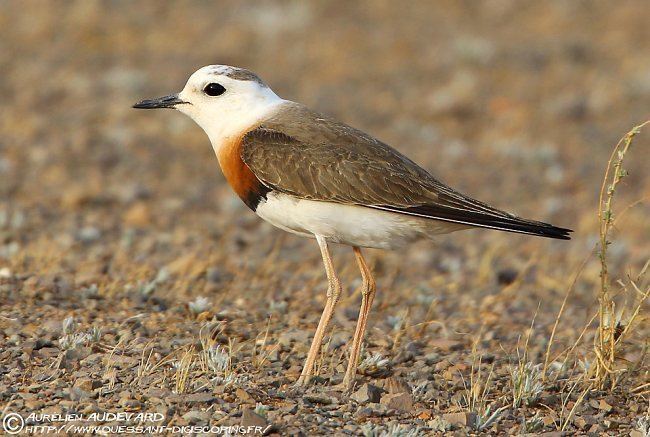
Oriental plover
Description
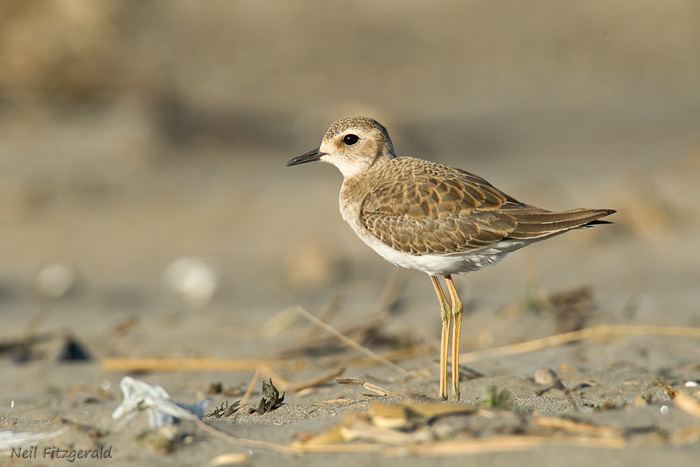
Adult male in breeding plumage: white face, throat and fore-crown; grey-brown hind-crown, hind-neck and back; belly white, demarcated with narrow black band and then broad chestnut breast band merging into white throat. Female, juvenile and non-breeding male: generally grey-brown upperparts and white belly; pale face with white streak above eye. Measurements: length 21–25 cm; wingspan 46–53 cm; weight 95 g. Among the redbreasted Charadrius plovers, this bird is relatively large, longlegged and long-winged.
Distribution and habitat
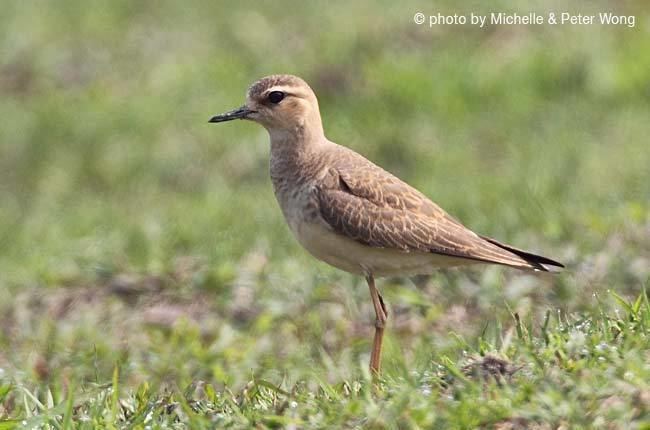
Breeds in Mongolia, eastern Russia and Manchuria; migrates through eastern China and South-East Asia to Indonesia and northern Australia. Rare in New Guinea; straggler to New Zealand. The oriental plover breeds in dry steppes, deserts, arid grasslands and saltpans. Its non-breeding habitat includes grasslands, salt-fields and coastal areas.
Food
The oriental plover feeds mainly on insects.
Breeding
The breeding of this bird has not been much studied but it nests on the ground.
Conservation
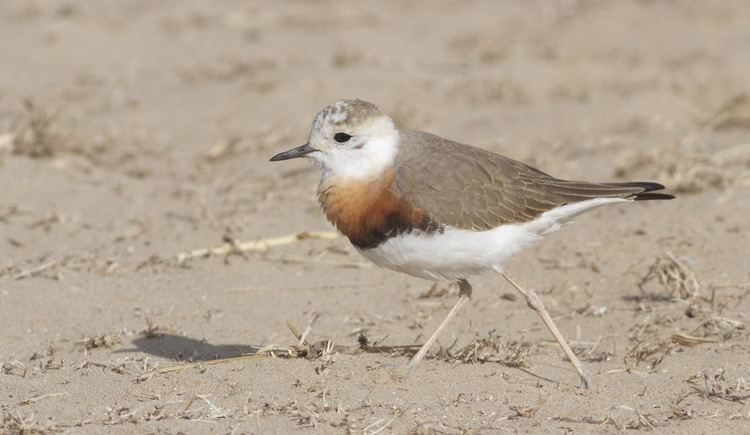
About 90% of the oriental plovers that make the long journey south overwinter in Australia and it has been estimated that there may be 160,000 individuals of this species. With a large range and no evidence of significant population decline, this species’ conservation status is rated by the IUCN as being of Least Concern.
